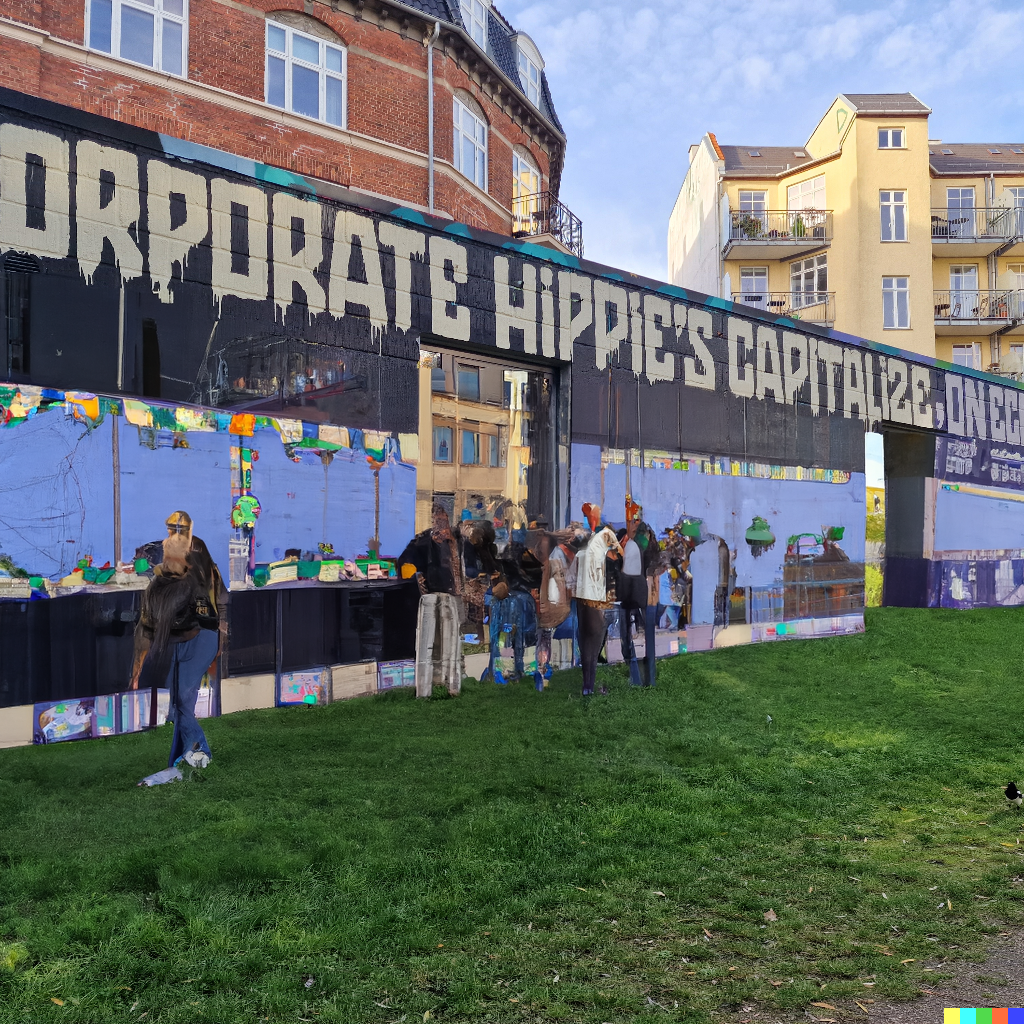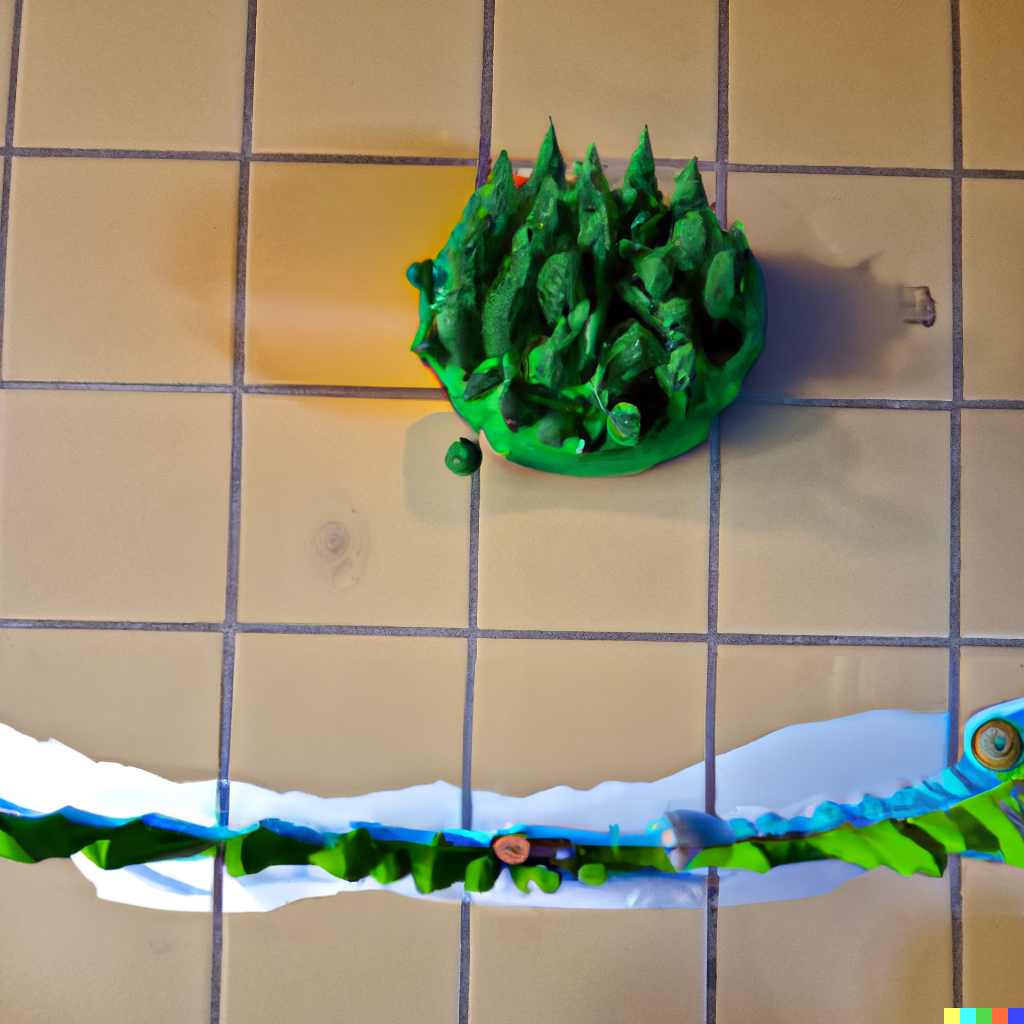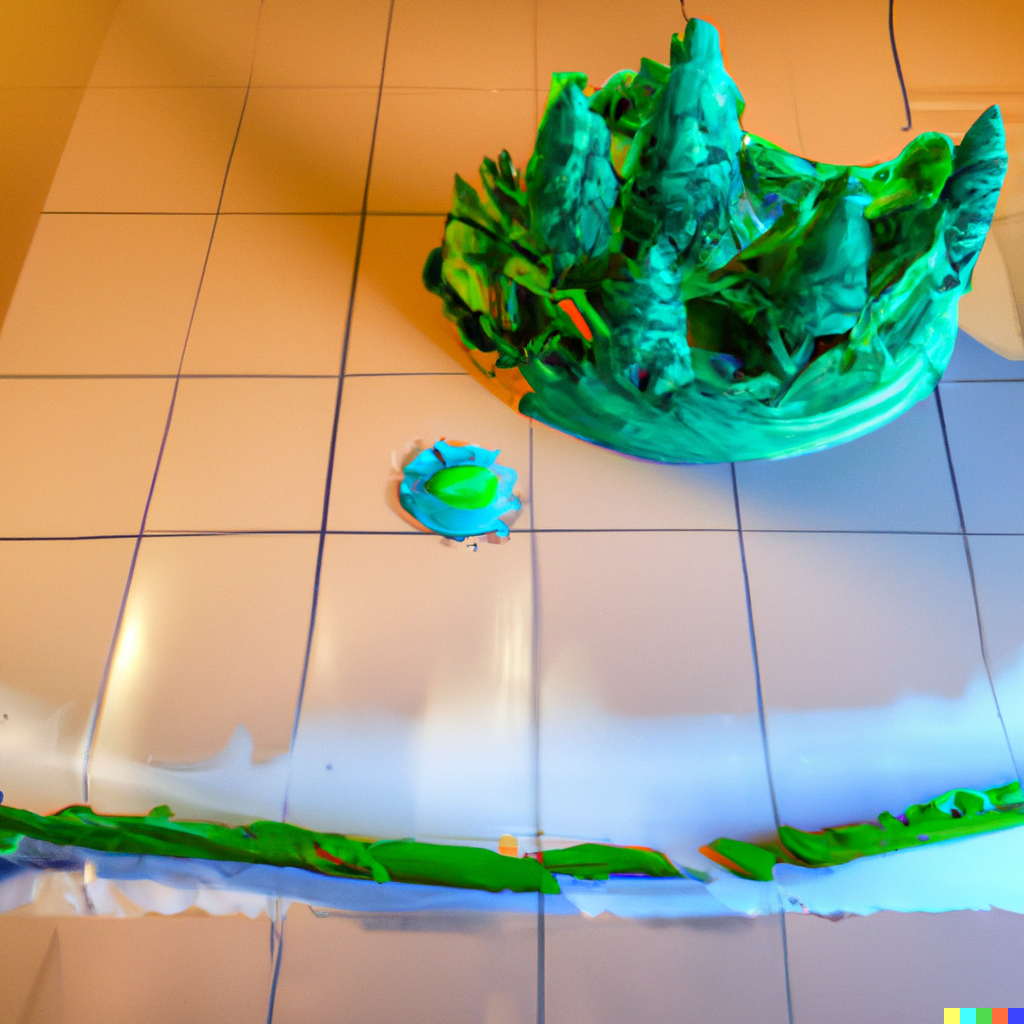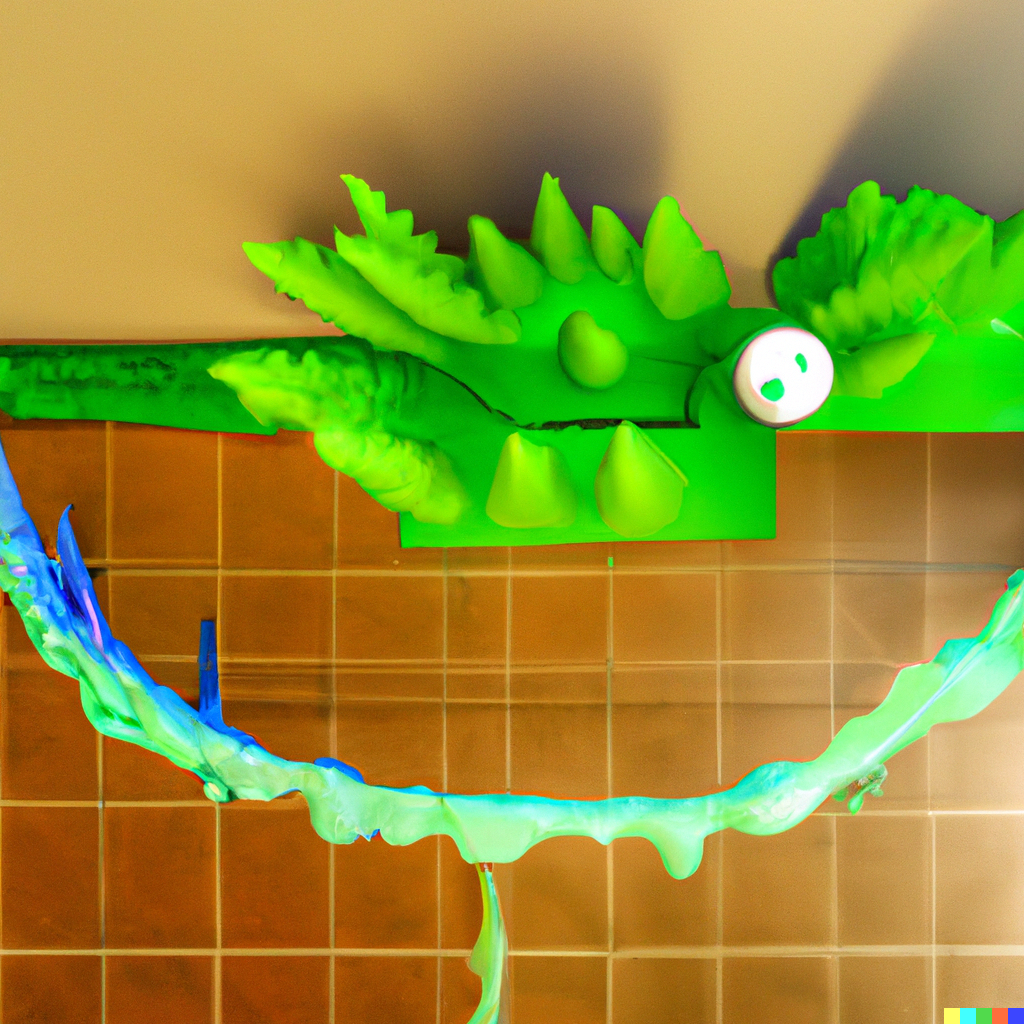The concrete, shiny from the rainwater and smooth from the fresh tarmac, stretched in front of me as I cycled from North to South Harbour in Copenhagen. It's a small city, so traversing takes under 30 minutes. Biking is the preferred mode of transportation - accessible and healthy, and you can meander through the quaint streets to your destination. Sometimes I ride in silence, only the ambient sound of the streets and thoughts as my companions. This time, I was looking forward to listening to Episode 3 of UFO podcast hosted by Nick Hollins with guest Austin Robey from Metalabel, so I turned it on.
What do we see when we walk outside our front door? - Austin Robey, Metalabel
A simple question. This is probably something that we forget to notice because we see it every day, an image - taken for granted. However, it got me thinking. What do we see? Another front door? Many front doors stacked on top of each other? No doors, and instead, just a sheet? A tent? A forest without doors? A sea view? Concrete, construction, kept and unkept grass, and straw because of the sweltering heat?

Depending on your location, the answer to this question will be vastly different. Living in Copenhagen, I see well-kept streets and 3 to 4-storey blocks of apartments that look similar yet different. Perhaps, it's the minimal Danish design, dependent on the surrounding space to activate the experience. There are perfectly trimmed trees, parks with defined paths for leisurely strollers, and cafes with well-groomed dogs and people. There are falafel shops, sex stores, second-hand vintage boutiques. Sometimes, the landscape unfolds into the water, and you know you have reached the beachside just 20 minutes after setting from the city centre.
At first glance, a diverse array of entertainment and activities saturate the scenery. Then, with a little investigation, you notice that only a few property developers construct most buildings, squares, and harbours. A contrast surfaces between the diversity of shops in the front windows and their monocultural foundation. Increasingly more cultural spaces are shut down and replaced with residential or commercial buildings. It's becoming harder to spot a DIY cultural spot, an experimental studio, or a shared performance art space that is not perfectly manicured to cater to the latest trend. However, natural wine bars, fancy design outlets and overpriced eateries are abundant.
Standardised models of money generation produce a merchandise-like urban feeling. The experience becomes homogenised. Gentrification runs rife throughout the city, serving the profit-maximising needs of property developers. Behind the intention to develop communities, these projects favour profit-making over sustainable community-building in the long run. Artists are encouraged to work for free in exchange for exposure. Attitudes perceived as economically unproductive are generally sidelined.

Last month, I visited Nordhavn - an area studded with warehouses and vast empty spaces that today is undergoing area zoning to debate licensing for future cultural activities, such as loud music. On a windy, rainy day in September, the movers and shakers of the city - property developers, artists, municipal authorities, creative agencies and cultural developers, gathered to discuss the future of the emergent neighbourhood. Unanimously, they verified that today the time is ripe for disruption in Copenhagen's real estate. The idea of building communities was at the forefront of the development plans and the evening's discussions:
Everyone is talking about communities, but it takes more than building a few common areas with some nice picnic benches to create something that lasts. - Developer working on the new Kaktus Towers
The Kaktus Towers are the asymmetric concrete structures that are the new high-rises by Copenhagen's Central Station, and their residential apartments offer beautiful views of the city. On the bottom floor, airy terraces provide refuge to the public from the busy streets outside. A new hybrid form of living is being experimented with here.
Ideas about future public spaces and private developments sparked their imagination. The speakers were animated, and the conversation sprawled many topics, from making money on capital investments to long-term sustainable placemaking with more local neighbourhood involvement. However, the definition of what building a community means in practice was scant. While it felt that everyone wanted to make space for communities, I was surprised by the sparse mention of community ownership and governance structures, experimentation, and diversity in the plans for future districts. They persist as a gap in the cultural placemaking of the city.
The top-down development approach is still an apparent catalyst for district development.

Immersed in thoughts about these encounters, Austin and Nick brought back the point of it all in their discussion about securing physical spaces to propagate shared cultural experiences. Instead of relying on property developers to define residents' future needs, asking the diverse groups of people that will inhabit these newly built spaces about what they would like to see makes more sense.
A project in New York mentioned during the discussion is a great example of community-enabled transformative action. NYREIC is a non-profit organisation that pools money to invest in land and buildings for local, cultural and cooperative uses. More than 500 people participate in co-investment to purchase underutilised spaces to combat displacement.
Today, expectations around ownership are shifting fast. Leveraging Web3 technology could offer a practical toolbox to reclaim culture in the public sphere at a broader scale. Community-owned platforms, token-based networks and collective treasury management make it possible to assemble nuanced community needs and to build ownership and governance mechanisms into the foundational infrastructure of cultural districts. Imagine:
What if legendary cultural venues were owned by communities, so they never had to shut down? - Nick Hollins, UFO

My aim with the following entries is as follows:
-
To unravel the tension between current cultural district development and future community-owned spaces from a critical angle.
-
To consider what it means to approach these complex interrelations through the material, aesthetic, cultural and social lenses.
Let's explore together. I encourage everyone who reads this to share: what do you see when you walk outside your front door?
Connect with me on Lens @futurka.lens and Twitter @cattfutur and to share your thoughts, pics, videos. This publication aims to provide space for the unexpected, reconfigure social relations and make visible the translucent fabric that organises cultural life.
LFG! 🌿